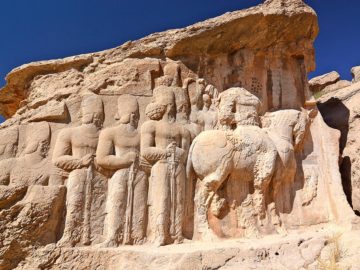
Naqsh-e Rajab
Naqsh-e Rajab refers to an ancient site comprised of series of rock-cut bas-reliefs depicting Ardashir I, Shapur I, and Kartir that are located in 13 km of Marvdasht city and in about three km north …
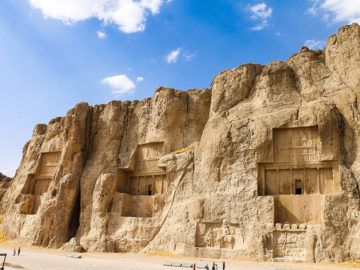
Naqsh-e Rostam
One of the most dazzling pre-Islamic attractions of Iran with a history dating back to the Elamite (2700-539 BCE), Achaemenid (550-330 BCE), and Sassanid (224-654 CE) dynasties refers to an ancient necropolis site entitled Naqsh-e …
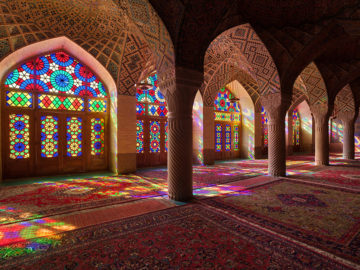
Nasir Ol Molk Mosque
The mosque is in Shiraz, built in the 20th c. by the order of governor and famous for its windows that are filled with colored glasses that reflect light in different shades of red and …

Niavaran Palace Complex
A series of palaces made in Qajar and Pahlavi time and were used first as a summer residence and later as the permanent residence and office for the king and royal family.

Qavam House (Narenjestan Garden)
The place that is known today as Narenjestan Qavam is a traditional Iranian house belonging to the family of Qavam. The house with its beautiful garden was used as a place of governmental meetings. It …
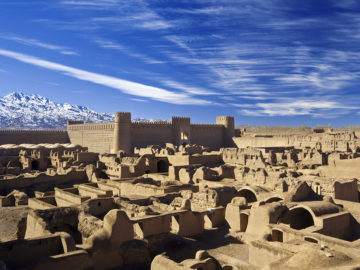
Rayen Castle
It is the second biggest adobe construct of the world dating back to Sassanid Dynasty and located in the Kerman Province gaining attention after Bam’s Earthquake.
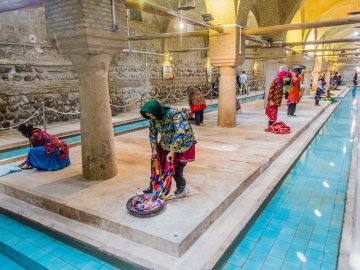
Rakhtshur Khaneh or the Laundry House
A kind of laundry house in the center of Zanjan city that uses a huge water source for this purpose. The name literary means the same.

Reza Abbasi Museum
The museum is a display of Iranian art from pre-Islamic time to the Qajar Era, with different objects and mediums with 5 halls, 1 pre-Islamic and 4 Islamic one made in Pahlavi time.
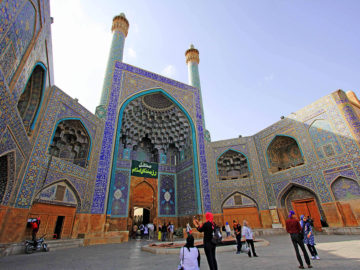
The Royal Mosque (Shah Mosque)
The mosque is part of the Naqsh-e Jahan Square, it is one of the biggest mosques of Isfahan built in Safavid time with Haft-Rang Tile and a deviation of direction to face the Kiblah.

Sa’dabad Complex
The palace is in the Tehran influenced by three dynasties of Qajar, Pahlavi and Islamic Republic, turning from a summer residence to permanent residence to museum and cultural center.
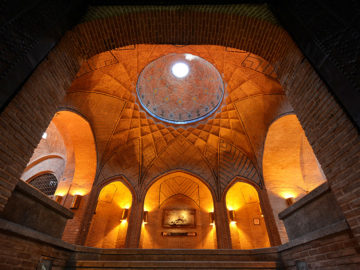
Sa’d Al-Saltaneh Caravanserai
The Sa’d Al-Saltaneh Caravanserai is one of the biggest roofed caravanserais of Iran located in Qazvin City and dating back to Qajar dynasty with around 400 rooms/shops.
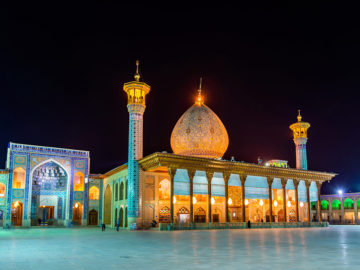
Shah Cheragh Mausoleum
Because of the high position of the Shah Cheragh Mausoleum, it attracts a large number of Muslims who a make pilgrimage to one of the descendants of the prophet of Islam.
